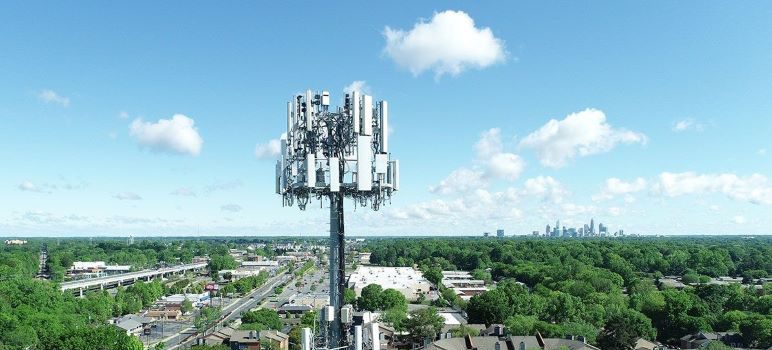The California Public Utilities Commission is finalizing a proposal to secure $1.86 billion in federal funds allocated to California through a program aiming to close the digital divide and bring reliable high-speed broadband to every unserved and underserved location in the nation.
However, the CPUC’s current plan will not provide “internet for all” in California. At best, the plan will only result in internet for some.
With the available state and federal funds described as a “once-in-a-lifetime” opportunity, achieving this goal is vital. In California alone, at least 461,481 locations – mostly families – lack adequate internet. That’s approximately 1.5 million Californians relying on our policymakers to get this right.
To meet or exceed the FCC’s definition of reliable broadband service, both Congress and the state legislature have underscored a “standards-based, technology-agnostic” delivery approach, whether it’s done via fiber, fixed wireless or satellite technology. Unfortunately, the commission’s current plan abandons this tech-neutral direction in favor of a fiber-only approach.
To be clear, fiber is an excellent way to deliver broadband. The challenge is that it can be prohibitively expensive and take many years to deploy. With limited time and finite finances to reach all Californians, taking the right approach is critical.
Among other non-fiber solutions, the latest in fixed-wireless access technology deserves consideration. It delivers broadband wirelessly – without extensive labor or trenching – and is often used to fill coverage gaps where fiber is too costly or time-consuming to deploy.
Traditional fixed-wireless often misses the mark on service speed and reliability because legacy versions use either a mobile network or indoor Wi-Fi, neither of which were designed to deliver the amount of bandwidth consumed by homes or businesses. They also struggle to operate at great distances.
Next-generation fixed wireless access is a newer and proven technology that was designed to deliver residential broadband. It has unprecedented capacity to provide reliable, fiber-class service at mass-scale, and is less affected by physical obstructions, inclement weather and radio interference. It’s able to deliver vital wireless broadband in areas where fiber is impractical or downright impossible.
The CPUC’s narrow view of fixed wireless technology will lead to excessive costs, add years to deployment timelines and leave scores of Californians without reliable broadband. The commission may need a massive infusion of future funds to finish the job – even when this windfall is clearly labeled as “once-in-a-lifetime.” That’s simply not a sound strategy.
With new technology rewriting what is possible with broadband access, California should be able to expand reliable broadband service to every unserved and underserved household, and meet the national program’s stated goal of 100% coverage. Leveraging every possible solution where they are most optimal is the only way we will provide internet for all in California.
It’s not too late to change course. California families are depending on it.
Carl Guardino is vice president for governmental affairs, Tarana Inc., and former longtime CEO of Silicon Valley Leadership Group and former executive vice president of Bloom Energy. He wrote this opinion piece for CalMatters.

